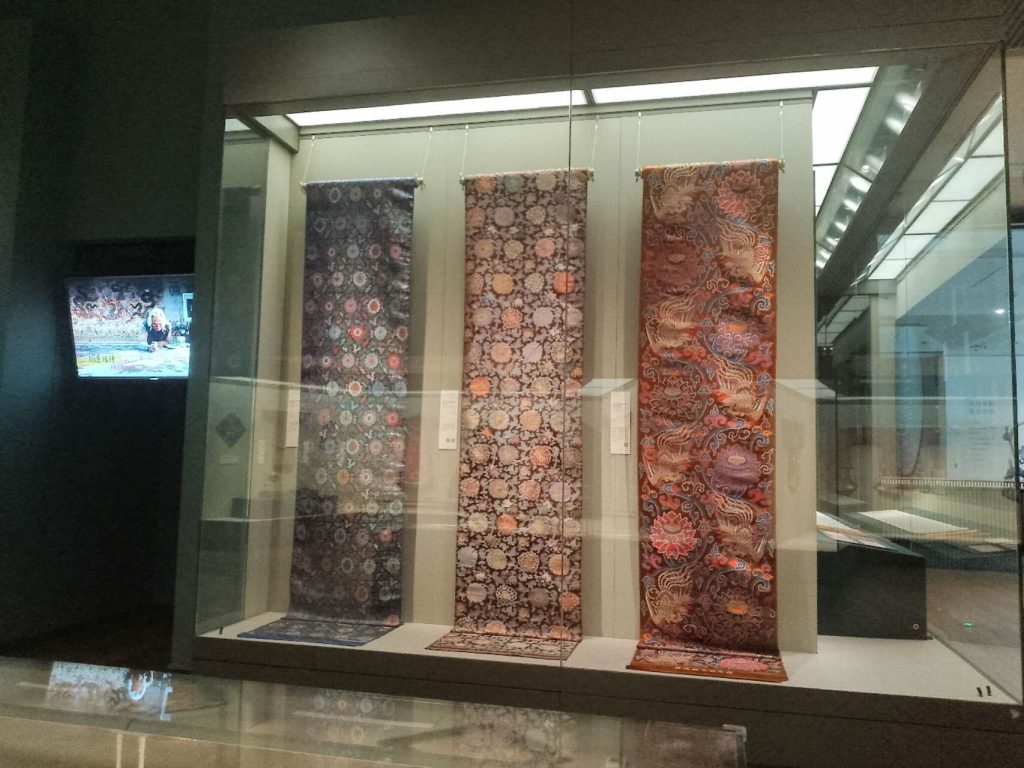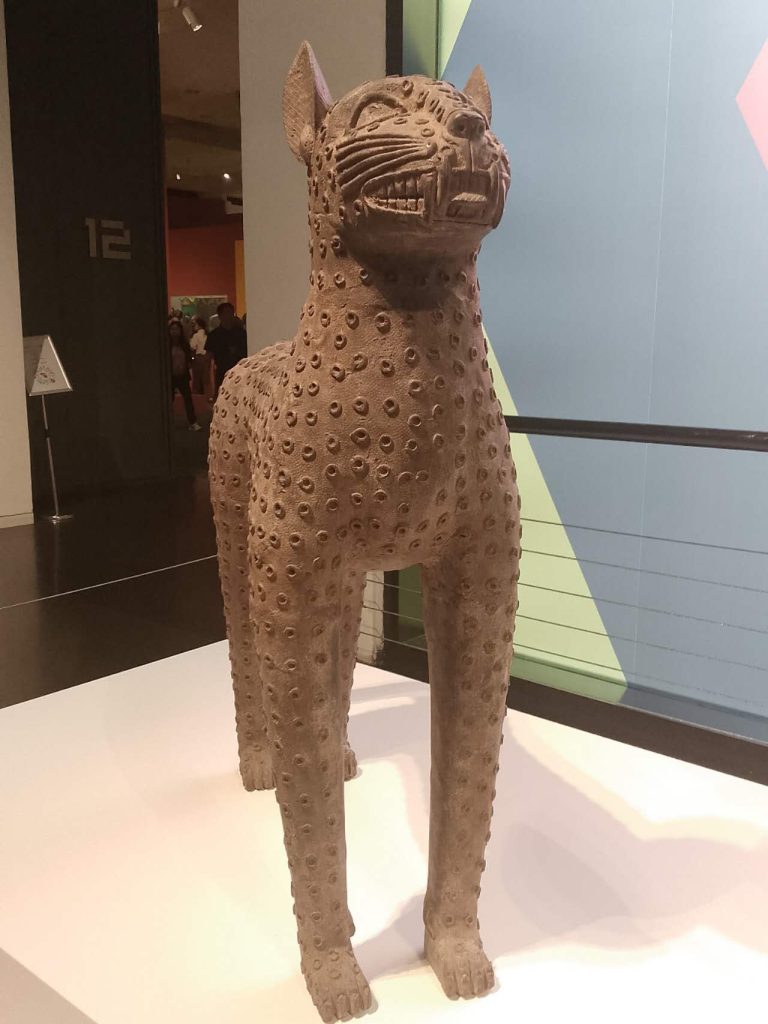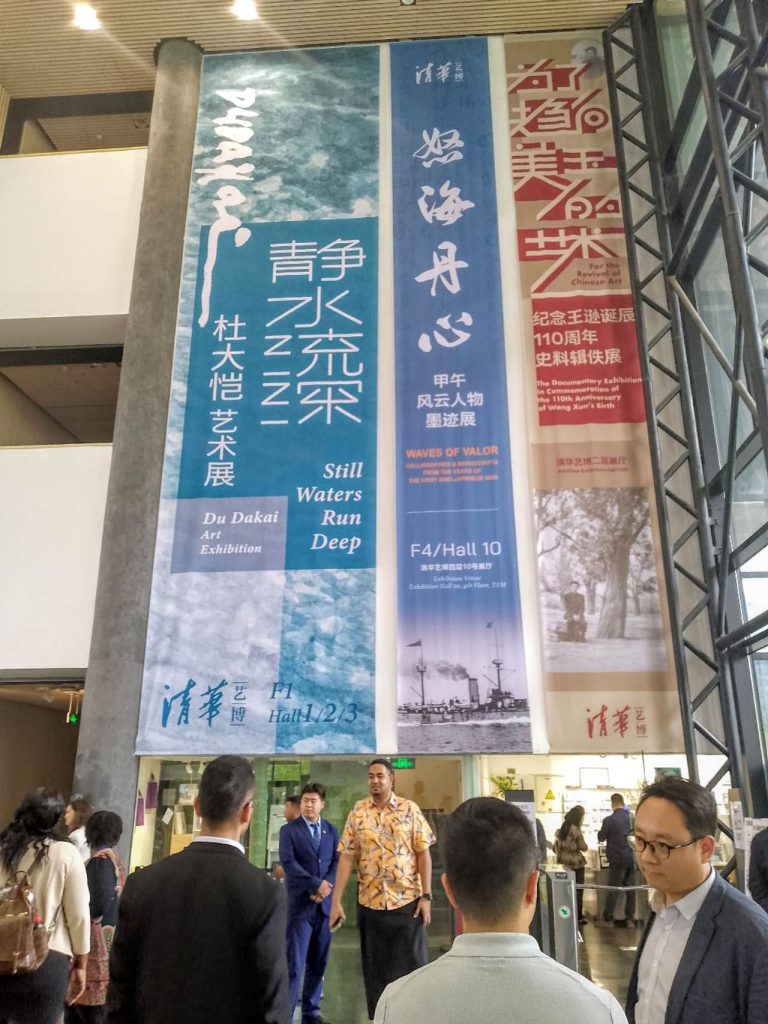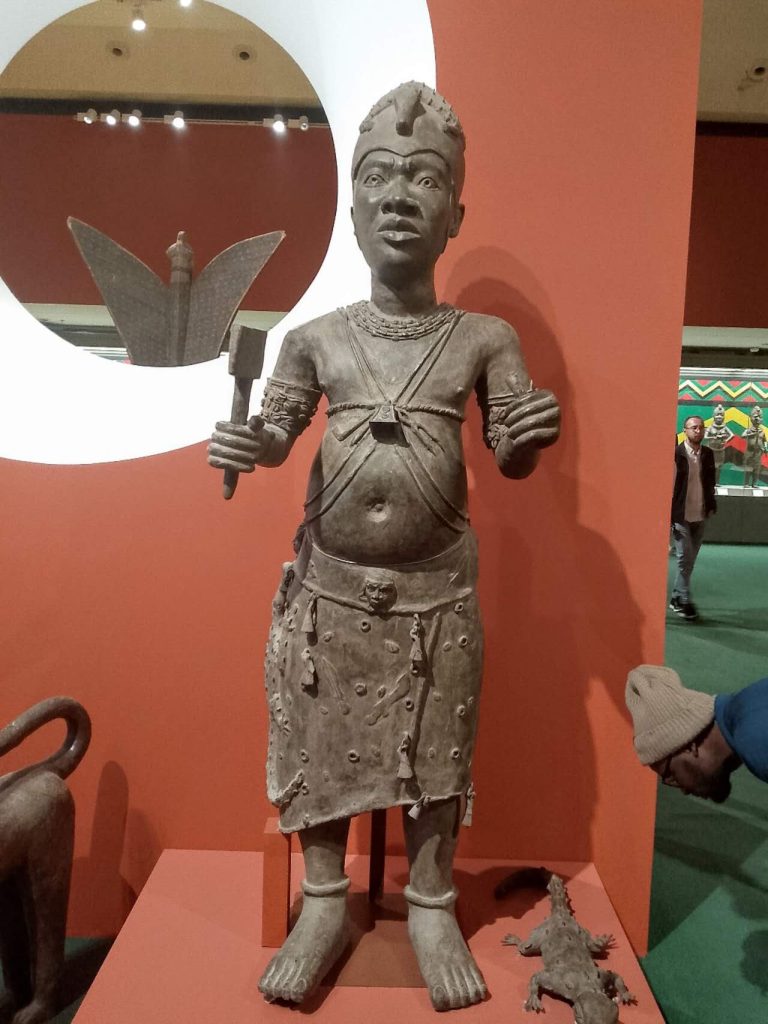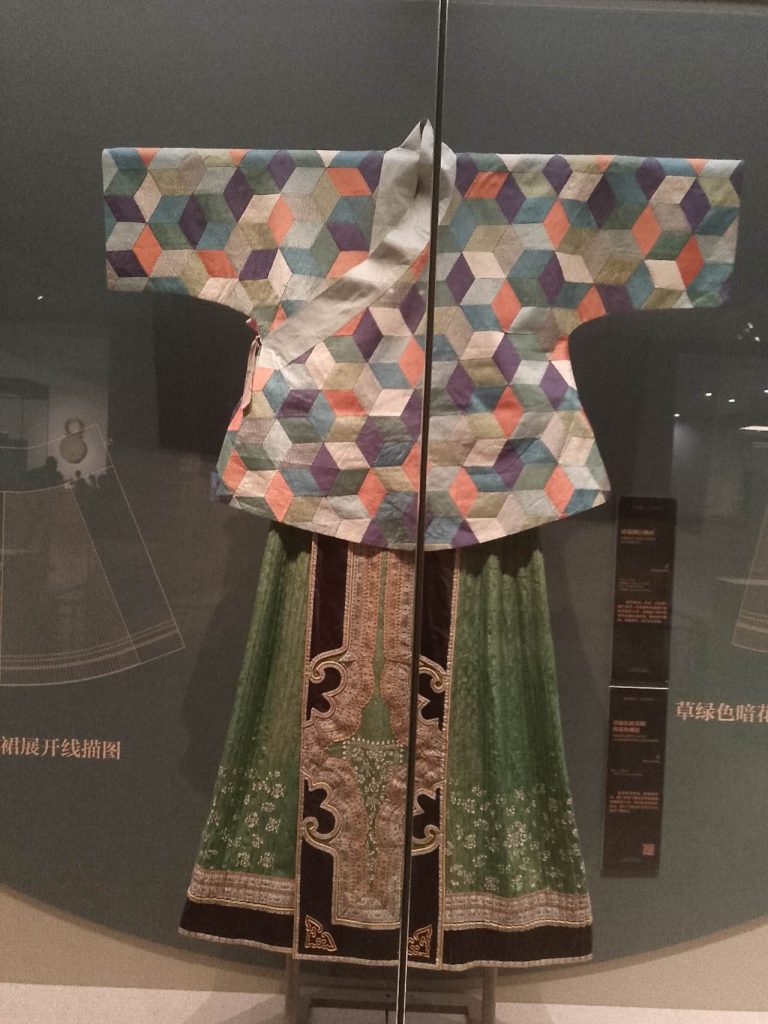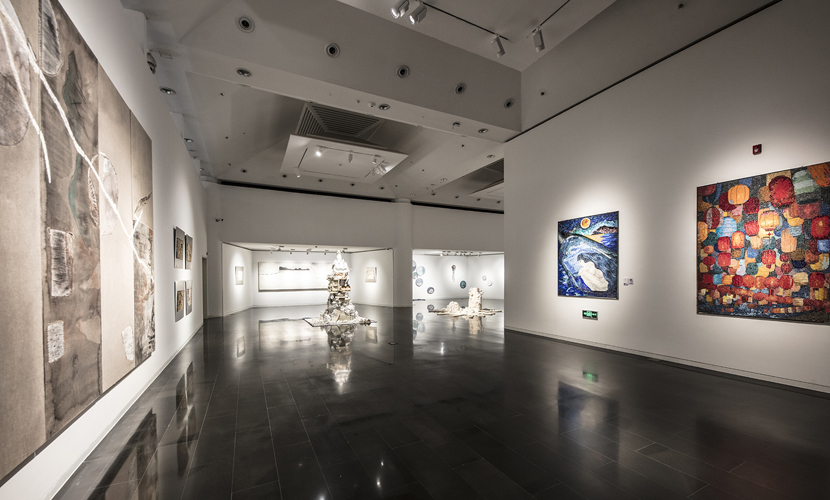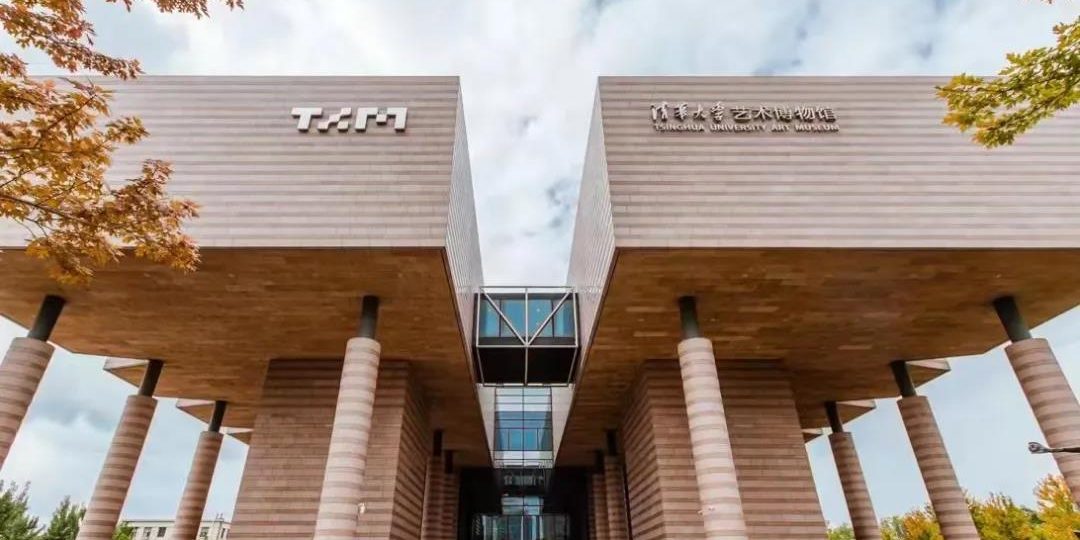WITH more than 23,675 pieces of collections, ranging from furniture from the Chinese Ming Dynasty to modern time, silk embroidery/ textile and porcelain from the Ming and Qing Dynasties to 20th Century Chinese sculpture creations, calligraphies and manuscripts from the first Sino-Japanese War to Chinese ink paintings from the 90s and much more, a visit to the Tsinghua University Art Museum accords any visitor “a collision between culture and soul” experience.
I had the privilege of visiting the museum on Thursday 8 May with media counterparts from around the world as part of our study tour in China and it was an immersive and enriching experience looking at the different collections of art.
Tsinghua University, which is located in northwest Beijing, is one of China’s most prestigious universities, and boasts state-of-the-art facilities. The Tsinghua University Art Museum is a four-floor complex built by the globally-acclaimed Swiss architect Mario Botta. The museum opened its doors to the public in 2016 shortly after completion.
On the first floor, we were introduced to the History of Tsinghua Exhibition Hall, an exhibition marking Tsinghua University’s 100 anniversary. This exhibition includes Personal Letters from the university’s scholars. We were also introduced to the Du Dakai Art Exhibition, a showcase of ink paintings on paper, water color paintings on paper, publications and manuscripts, as well as paintings on landscapes, rural scenery, still life, figures and public art.
On third floor, we were introduced to collections of furniture from the Ming Dynasty to modern time, silk embroidery/textiles from the Ming and Qing Dynasties, 19th Century Chinese sculpture creations and calligraphies and manuscripts from the first Sino-Japanese War, all of which showcase the richness and distinctiveness of the Chinese civilization and cultural values.
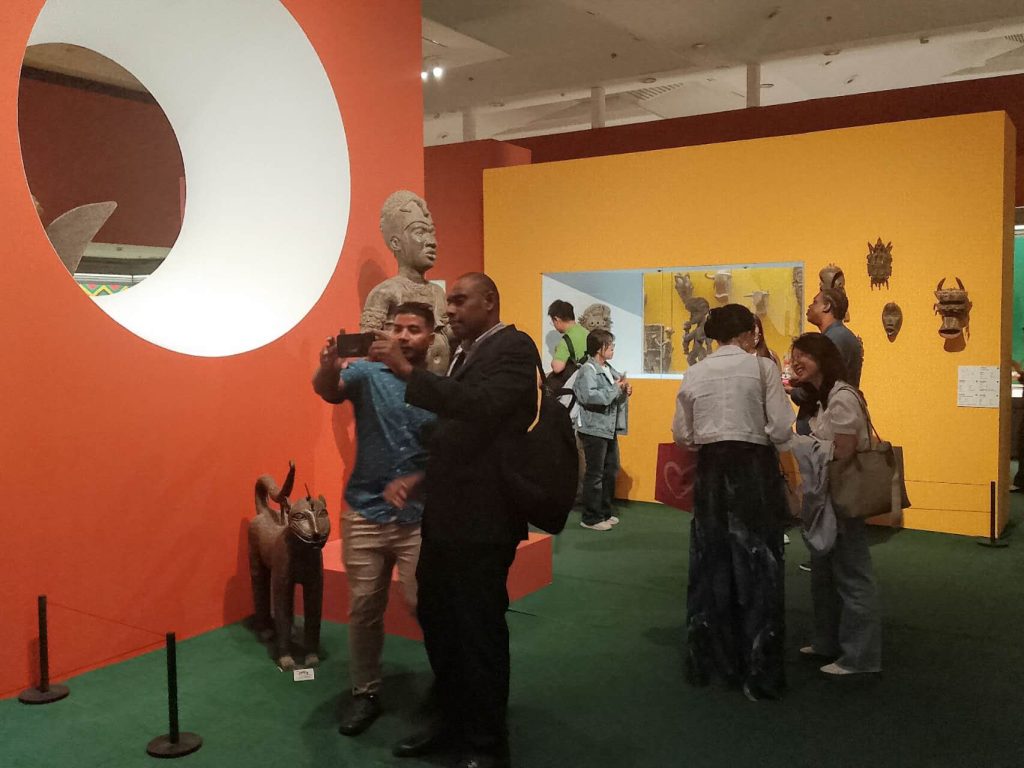
Also on the third floor, we were introduced to a special exhibition called “African Art: A New Discovery”. This exhibition, which is divided into four sections called Between Humanity and Divinity: The Religion and Ritual, Between Human and Humanity: The Authority and Affinity, Between Humanity and Everything Else: The Animistic World and the Form of Beauty: The Appropriation in Modern Art, contains 200 sets of work, presenting the vibrant and diverse nature of African art from multiple perspectives.
According to the Museum Director Lu Xiabo, in his welcome remarks on the museum portal, the museum was established for the purpose of spreading the historical achievements of human civilization, and enhancing the cultural accomplishments of Tsinghua University students and the public alike.
“We will spare no effort to build up an open window for international cultural exchanges, and to carry forward the traditional culture and Chinese create a modern culture as well.
“Tsinghua University Art Museum owns more than 23,675 pieces of collections, covering six major categories – painting and calligraphy, embroidery, porcelain, furniture, bronze ware and comprehensive artwork.
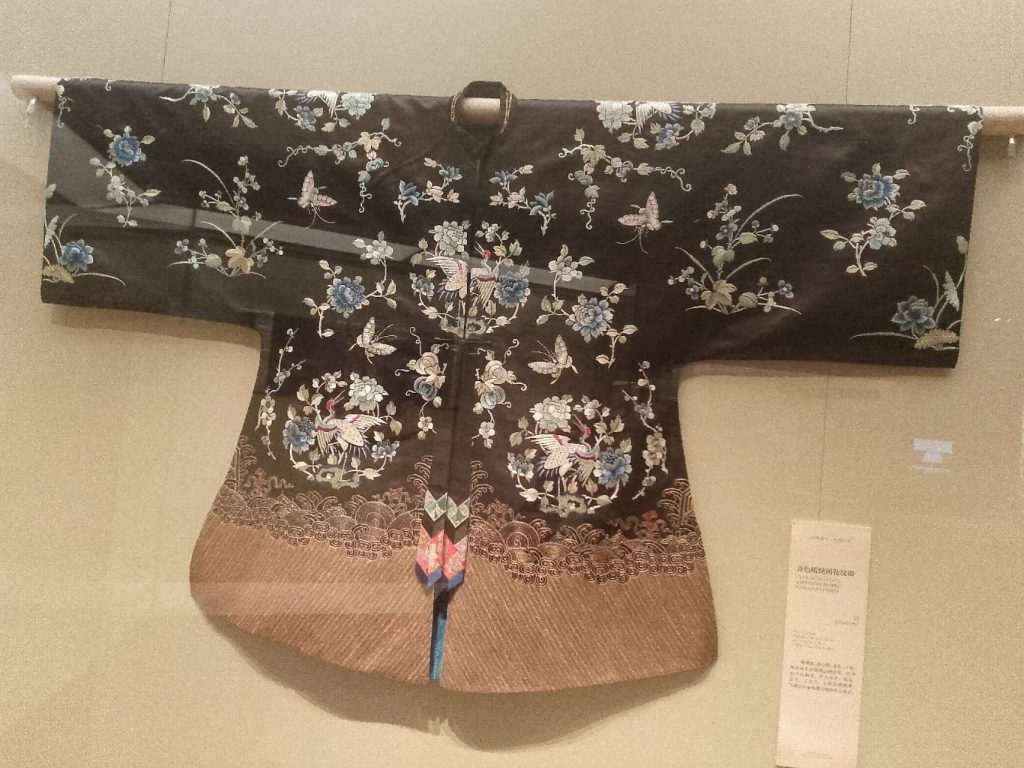
“Most of the collections are from [the university’s] Academy of Arts & Design since 1956, and donations from Tsinghua alumni or some social elites.
“We aim to present diversified collections, gather the latest original works to promote exchanges with museums both at home and abroad and to share resources, so as to collectively sustain the development of human civilization.
“Here, you will feel the collision between culture and your soul, and experience personally and vividly a journey of art and aesthetics,” he added.
Xiabo said since its opening, the Tsinghua University Art Museum worked to integrate wisdom of the creators of Chinese civilization and history, present the profound humanistic connotations of Tsinghua and compile the new and brilliant chapter of building the museum into a world first-class modern comprehensive art museum.
By DELI-SHARON OSO
In Beijing, China
